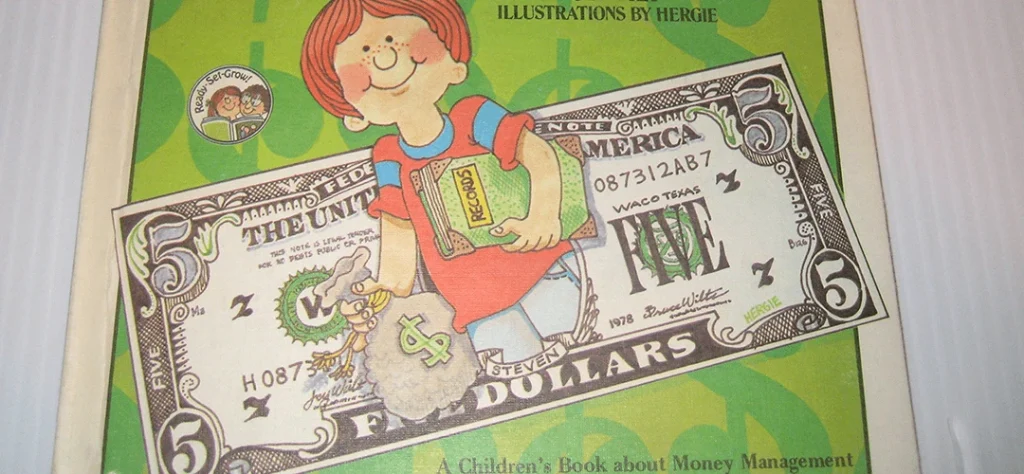Children’s book authors use their inspiration and writing abilities to create fiction books. But an intriguing question is, how much money can you make writing a children’s book? Depending on which publishing path you choose, either self-publishing or traditional publishing, where and how you publish a children’s book, and a few other factors, the earnings vary.
Any children’s book author is seeking top earnings, but their success all depends on the type of book, including elements like the design and category. Options like self-publishing, print-on-demand, or going directly to a printer can reduce the cost to produce the book, resulting in higher potential earnings.
The Bureau of Labor Statistics listed an average $61,820 annual earnings in 2017, including all authors and writers regardless of how they published their work. According to the Bureau of Labor Statistics, ten percent of writers earned less than $43,400, while the highest paid authors netted more than $118,000 and change. The Bureau of Labor Statistics reports an average of 8 percent job growth between 2018 through 2026.
Royalties from Traditional Publishers
Traditional or conventional publishing via larger publishers generally pays a predetermined percent royalty for each book sold, and sometimes authors are given an advance before their publication date. This is negotiated between the author and agent making the contract.
Children’s Book Self-Publishing Earnings
The typical self-publishing author will produce 200 printed books to start, or produce their book as an e-book. As an independent author, marketing is the key to the success when it comes to earnings.
Many successful authors are now going from independent publishing to traditional publishing. This kind of success story inspires many authors: it’s amazing to think you can become financially successful while enjoying your job as a children’s writer.
One example of this kind of success story is the fascinating story of author Amanda Hocking. Hocking needed to raise a few hundred dollars to produce and publish her book on Kindles and other e-book platforms, and eventually sold over 1.5 million books. Soon after her success, she switched to a traditional publishing method; to hear more about Hocking’s path from independent to conventional publishing, click here.
Things to Consider When Publishing Your Children’s Book
However you market your book in self-publishing will determine your earnings. There are other factors that affect cost and, in turn, earnings: the type of book you produce, whether hardcover or softcover, affects the retail price, removing illustrator fees can save money, and production and shipping costs per book will affect the profit margin and how much money you will make in the end.
The time and money you spend on marketing and sales as an independent author is on you as the author. If your book ends up being successful and leading to new opportunities like it did for Amanda Hocking, it may worth it in the end, but the risk is yours to take.
If you’re an author looking for economical savings to print your children’s book, please contact PRC Book Printing (email: info@prcbookprinting.com Phone: 888-659-8320) or visit our website to request a quote.
PRC Book Printing sales representatives will assist you with book sizes, paper weights, and many other details needed for a durable children’s book.

